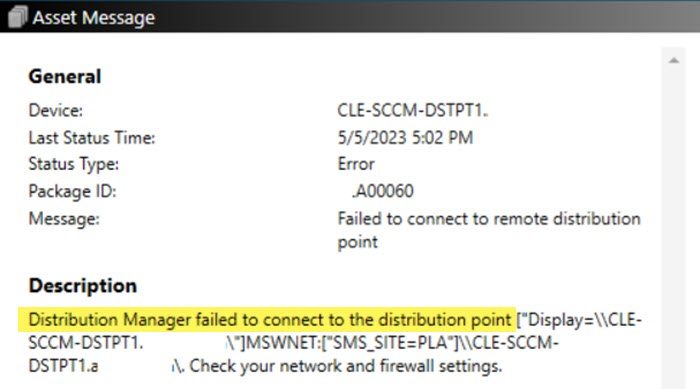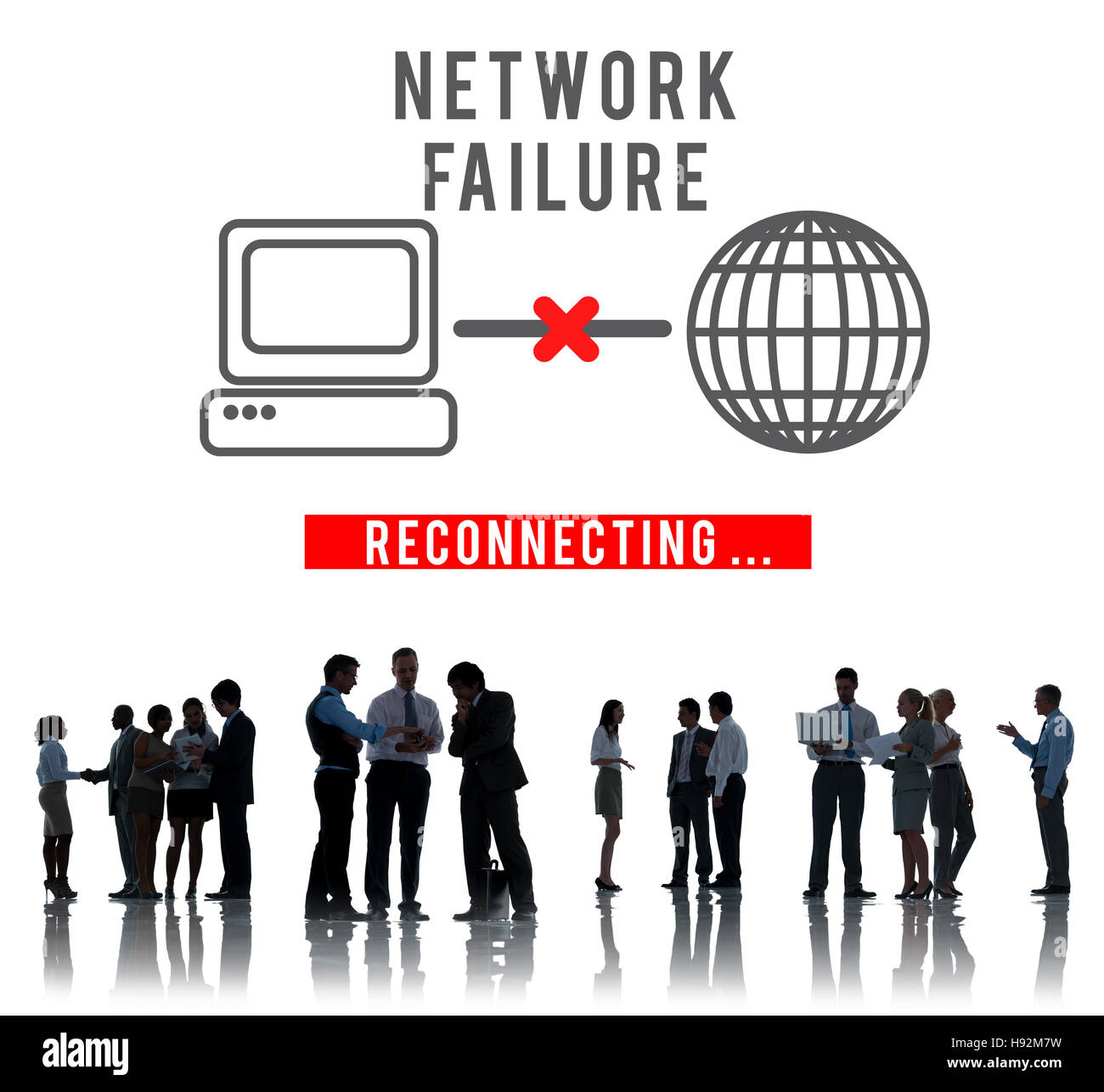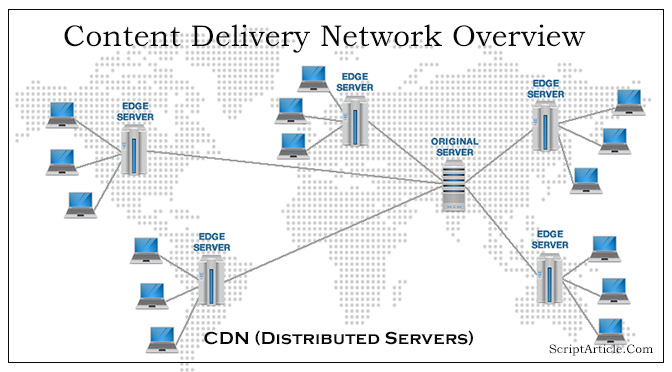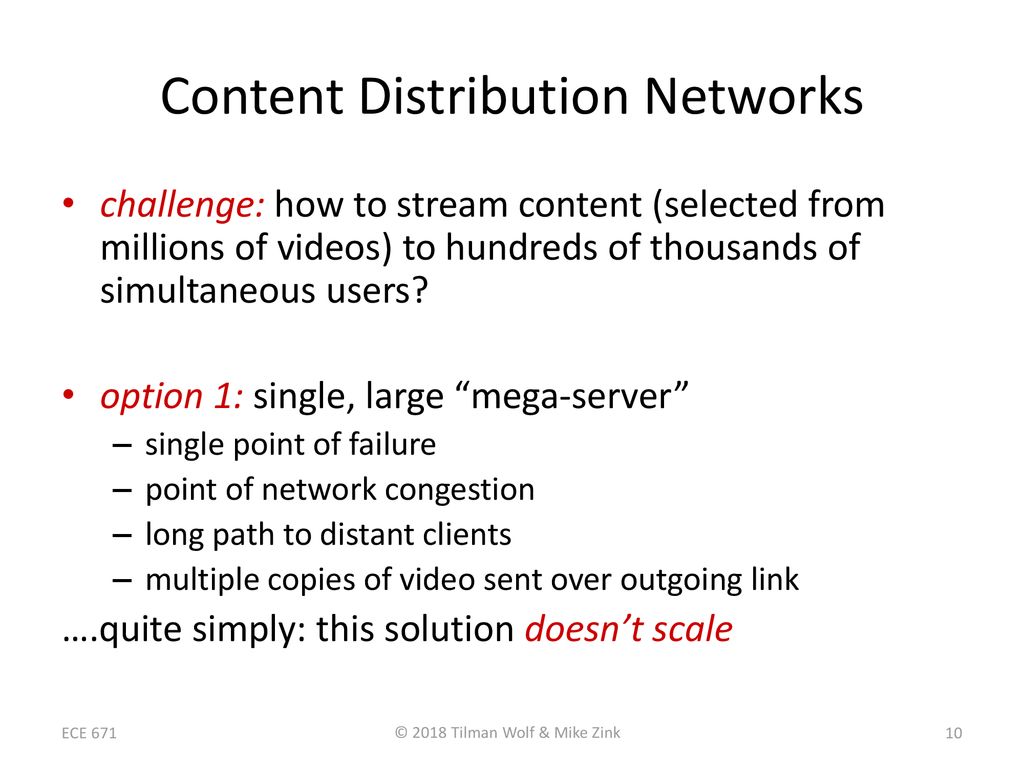Connection To The Content Distribution Network Failed

The internet, a cornerstone of modern life, felt a tremor this past Tuesday as users across the globe reported widespread outages. From accessing online banking to streaming entertainment, a significant portion of the digital realm became inaccessible, sparking frustration and raising concerns about the fragility of our increasingly interconnected world.
This disruption, attributed to a widespread failure in a major Content Distribution Network (CDN), underscored the reliance on these often-invisible infrastructural components that underpin internet performance. The incident served as a stark reminder of the potential vulnerabilities lurking within the complex architecture of the digital age, prompting calls for increased redundancy and improved monitoring.
The Anatomy of the Outage
CDNs, like Akamai, Cloudflare, and Fastly, act as vital intermediaries, caching and delivering content closer to users. This geographically distributed network reduces latency and ensures faster loading times for websites and applications.
When a CDN experiences a failure, the impact can be immediate and widespread, preventing users from accessing websites, applications, and online services that rely on its infrastructure.
According to initial reports, the outage stemmed from a configuration issue within one of the major CDN providers. Although the precise technical details remain under wraps, industry experts suggest that a routine software update or a misconfigured routing policy could have triggered the cascade of errors that brought down services across multiple regions.
Impact on Businesses and Users
The impact of Tuesday’s outage was felt across various sectors. E-commerce businesses reported significant drops in sales as potential customers were unable to access their online stores.
Banking institutions experienced disruptions in online banking services, leaving customers unable to manage their finances.
Social media platforms, news websites, and streaming services also suffered outages, depriving users of access to information and entertainment. The scope of the impact showcased the pervasive role that CDNs play in delivering internet content to end users.
"The sheer number of services affected really highlights how centralized a lot of the internet infrastructure has become," said Dr. Anya Sharma, a professor of cybersecurity at the University of Technology. "While this centralization offers performance benefits, it also creates a single point of failure, making us vulnerable to widespread outages."
Official Statements and Mitigation Efforts
Following the onset of the outage, the affected CDN provider issued a statement acknowledging the issue and outlining the steps being taken to mitigate the impact. Engineers worked around the clock to identify the root cause and implement a fix.
According to the statement, the issue was resolved within a few hours, and services were gradually restored. However, the incident left many users questioning the resilience of the internet infrastructure and the measures in place to prevent future disruptions.
"We are committed to ensuring the reliability and security of our platform," stated a representative from the affected CDN provider. "We are conducting a thorough investigation to determine the root cause of the outage and will implement measures to prevent similar incidents from occurring in the future."
Perspectives and Concerns
The outage has reignited the debate about the need for greater decentralization of the internet infrastructure. Some argue that the reliance on a small number of CDN providers creates a potential bottleneck, making the internet vulnerable to single points of failure.
Others emphasize the benefits of centralized infrastructure, such as improved performance and scalability. However, they also acknowledge the need for increased redundancy and better monitoring to minimize the impact of future outages.
Ben Carter, a cybersecurity analyst, expressed concern, stating that "While complete decentralization may not be practical, we need to explore ways to diversify our reliance on critical infrastructure components. This could involve using multiple CDNs, implementing failover mechanisms, and promoting the development of alternative technologies."
Smaller content providers that may rely on a single CDN without dedicated failover strategies were disproportionately impacted. Larger companies with the resources to implement multi-CDN strategies and robust redundancy measures weathered the storm more effectively.
This highlights the growing digital divide in terms of resilience, with smaller businesses and organizations being more vulnerable to internet infrastructure disruptions.
Looking Ahead: Towards a More Resilient Internet
Tuesday’s outage serves as a wake-up call for the internet industry. It underscores the need for greater investment in redundancy, monitoring, and security to ensure the reliability and resilience of our digital infrastructure.
Industry experts recommend that businesses and organizations implement multi-CDN strategies, diversify their reliance on critical infrastructure components, and regularly test their failover mechanisms. These measures can help mitigate the impact of future outages and ensure business continuity.
Beyond technical solutions, there is also a need for greater collaboration and information sharing among CDN providers, internet service providers, and government agencies. By working together, stakeholders can improve the overall resilience of the internet and protect users from future disruptions.
The incident also highlights the need for increased public awareness of the critical role that CDNs and other internet infrastructure components play in our daily lives. By understanding the underlying architecture of the internet, users can become more informed consumers of digital services and better appreciate the challenges of maintaining a reliable and secure online environment.
While the immediate impact of Tuesday's outage has subsided, the lessons learned will undoubtedly shape the future of internet infrastructure. As we become increasingly reliant on digital services, ensuring the resilience and security of the internet will remain a top priority for businesses, governments, and individuals alike.


















